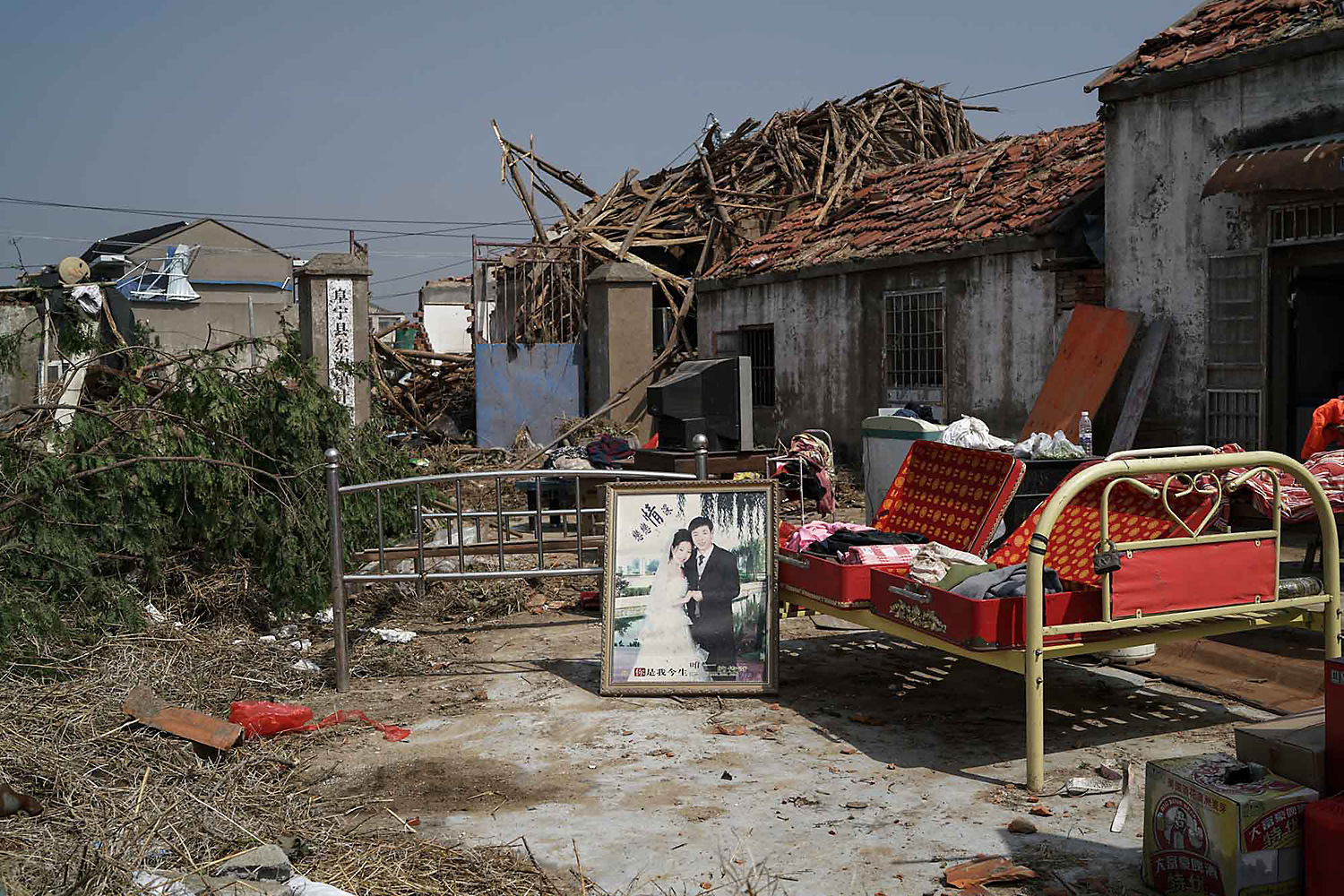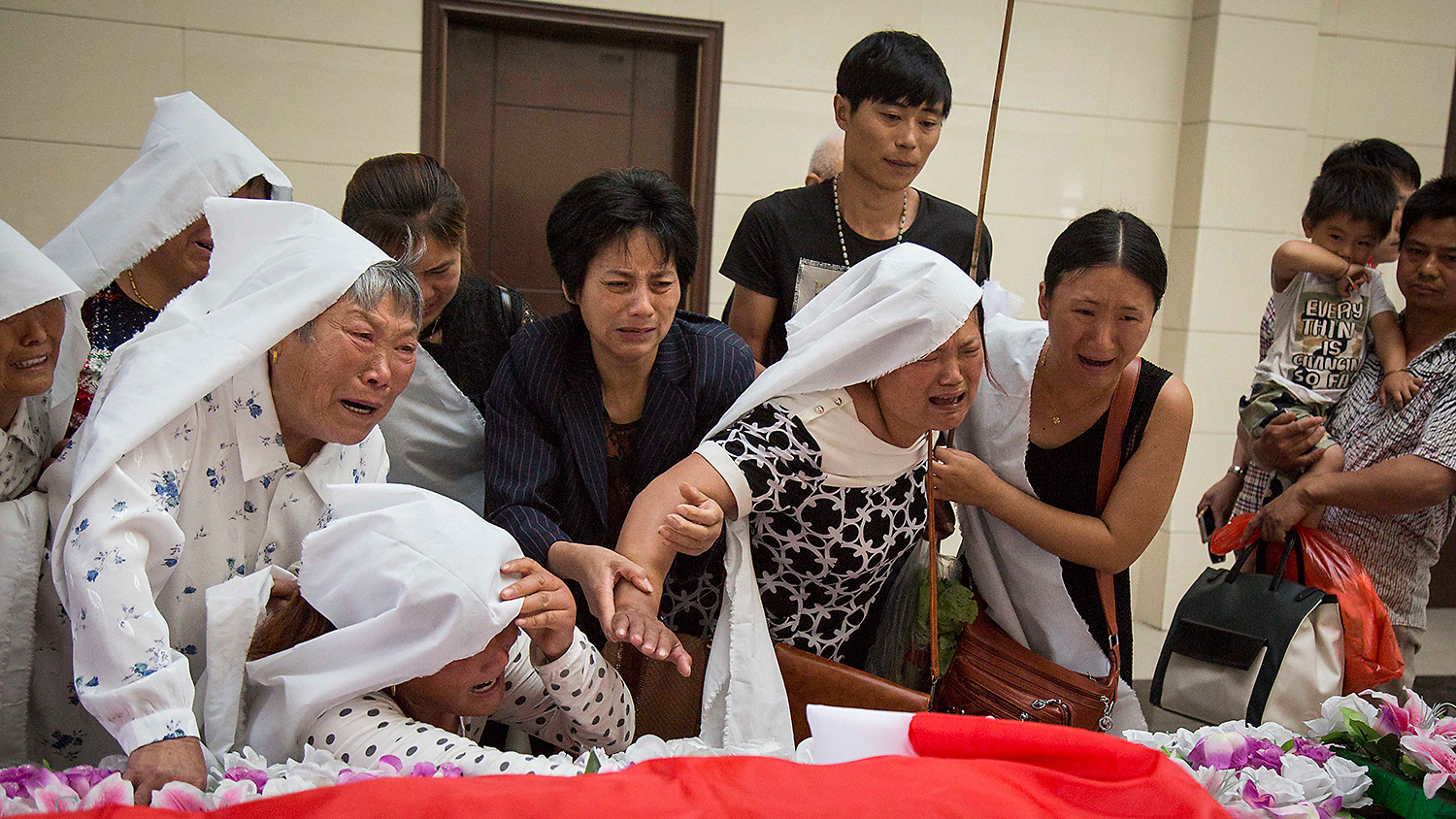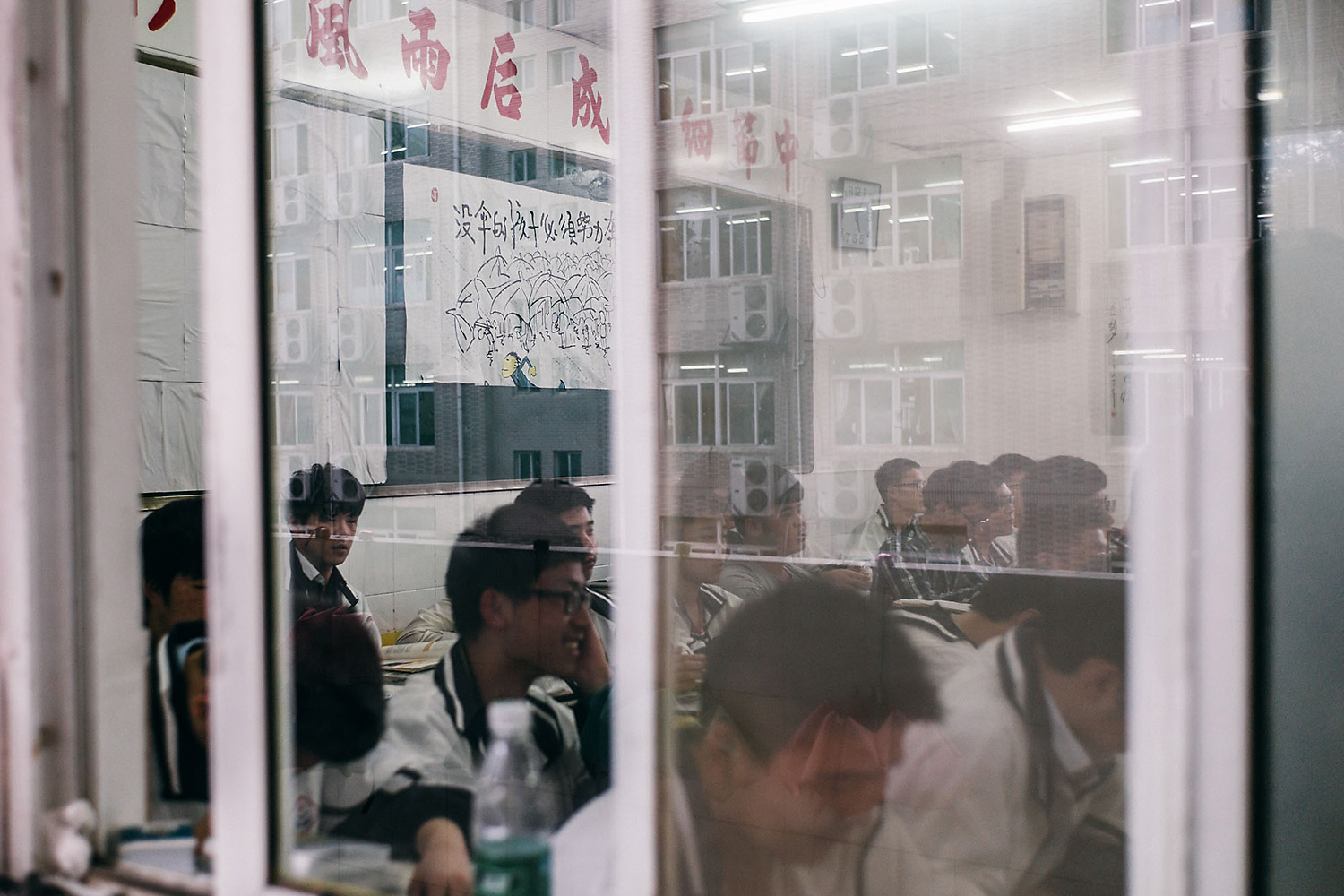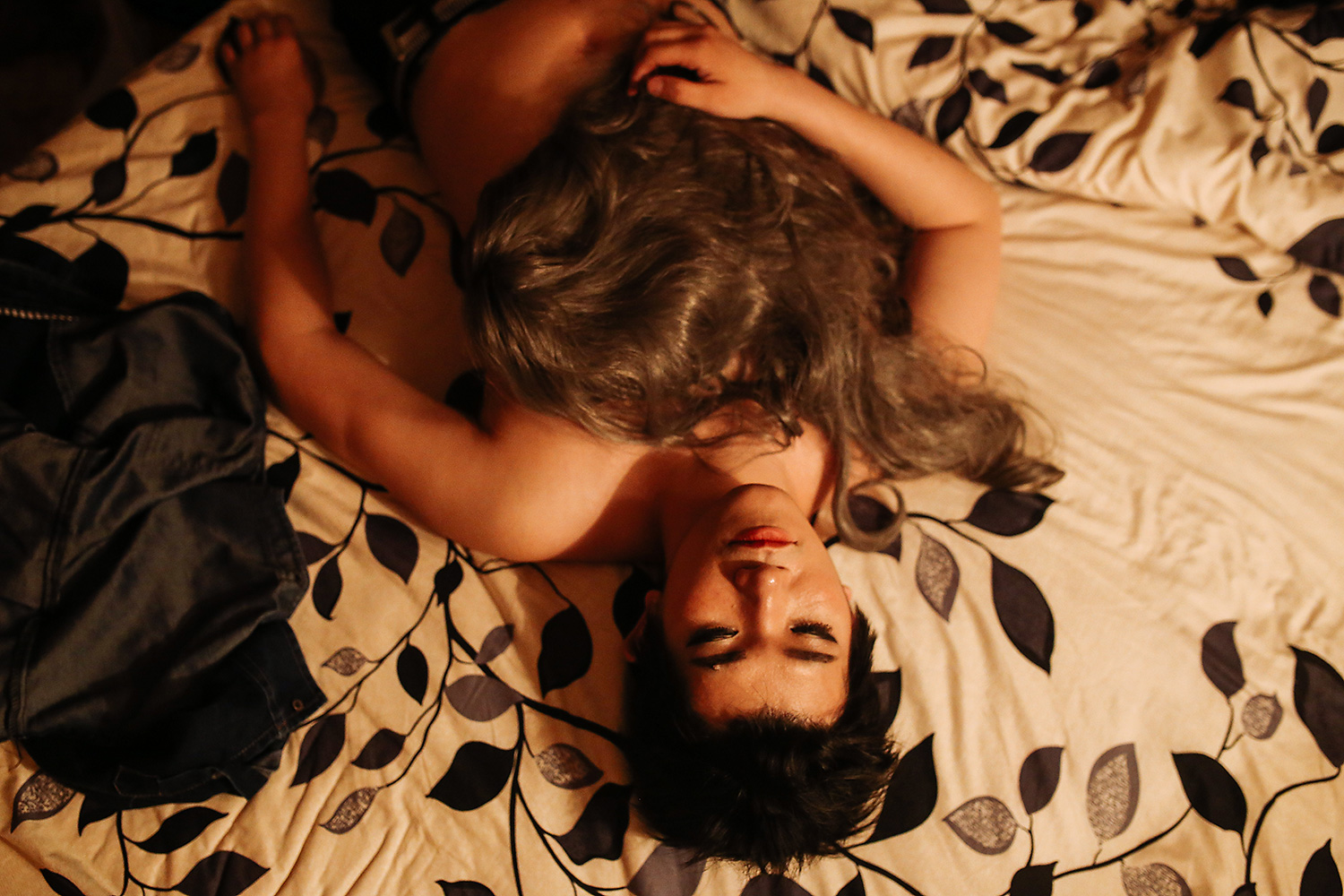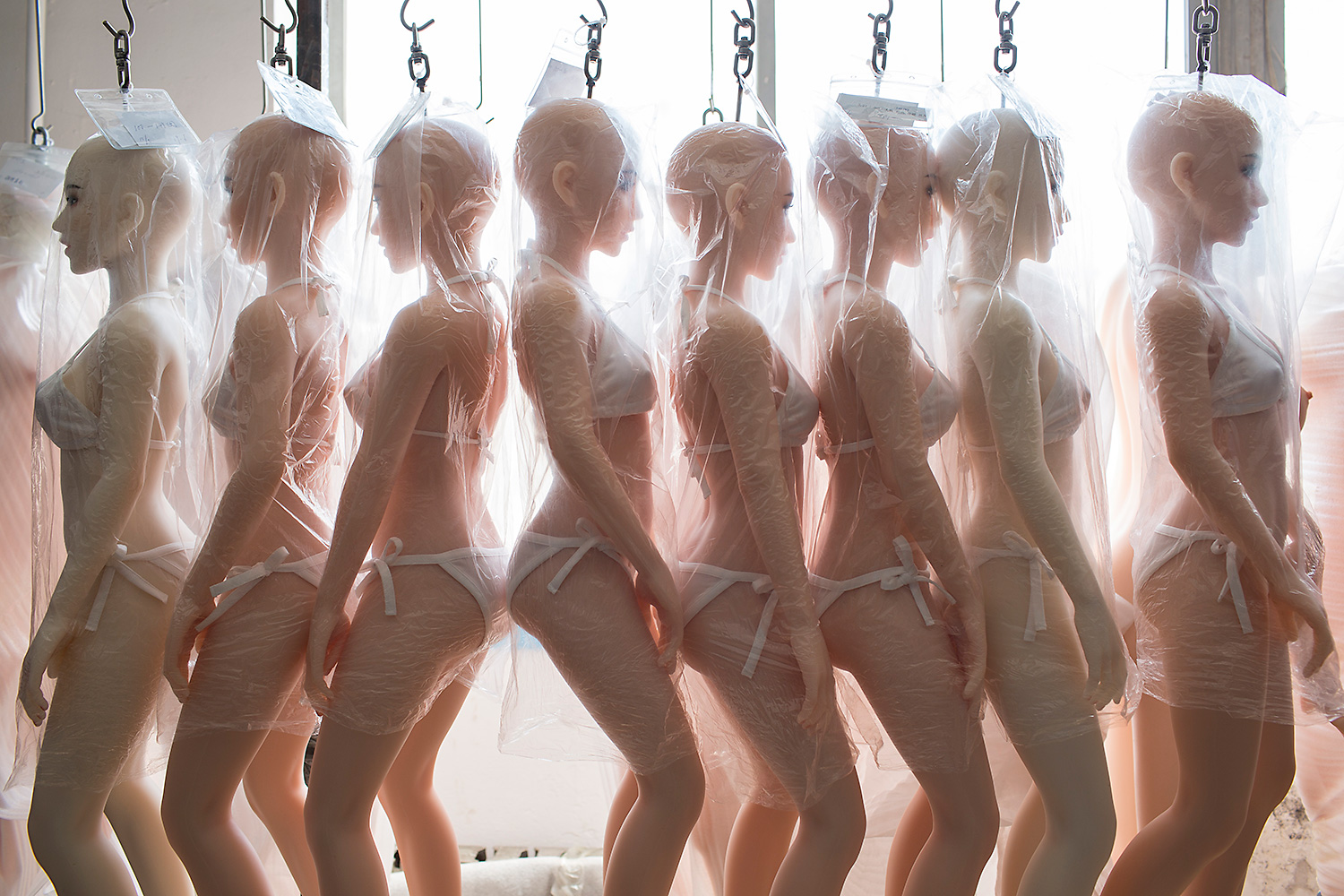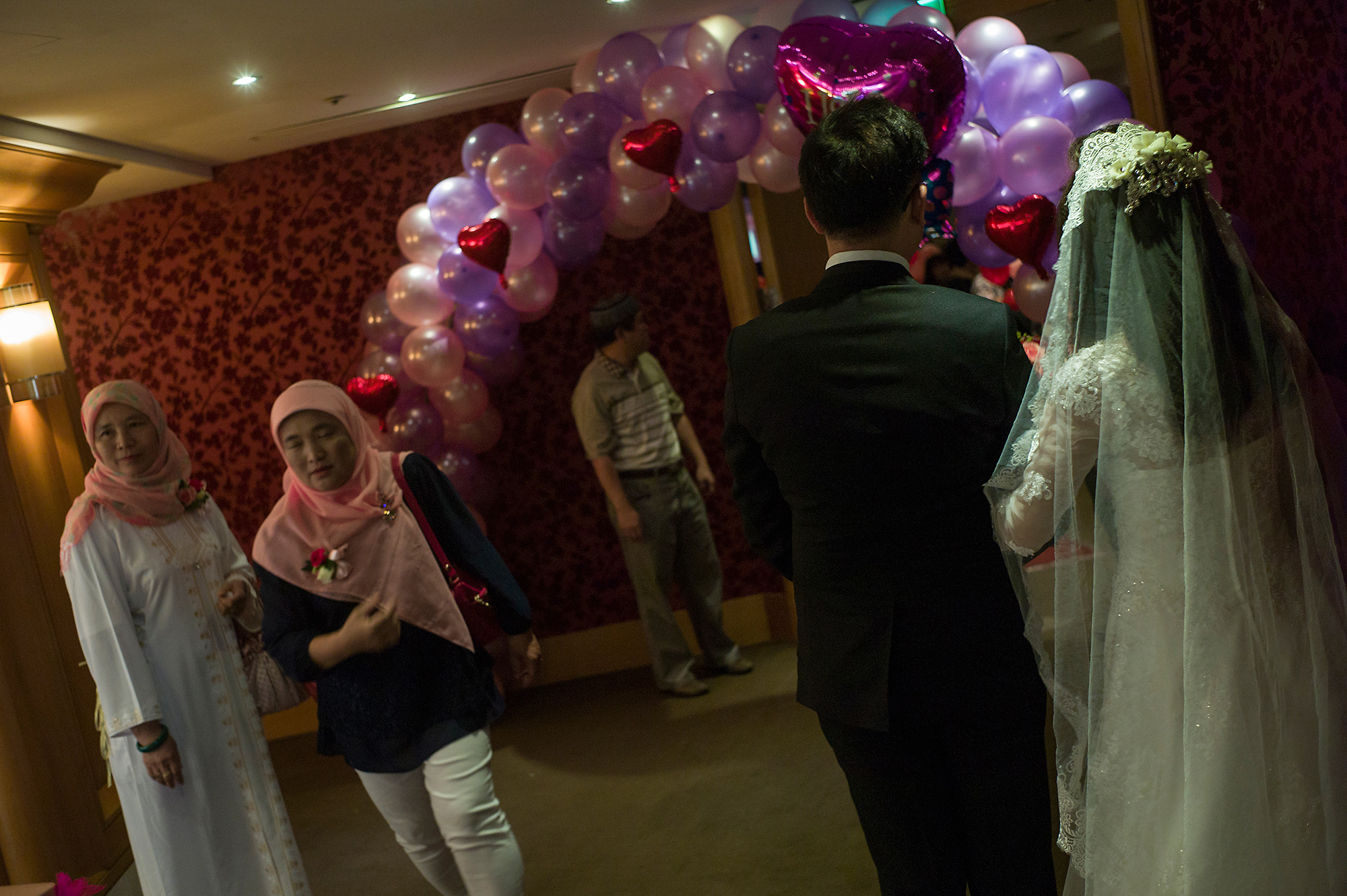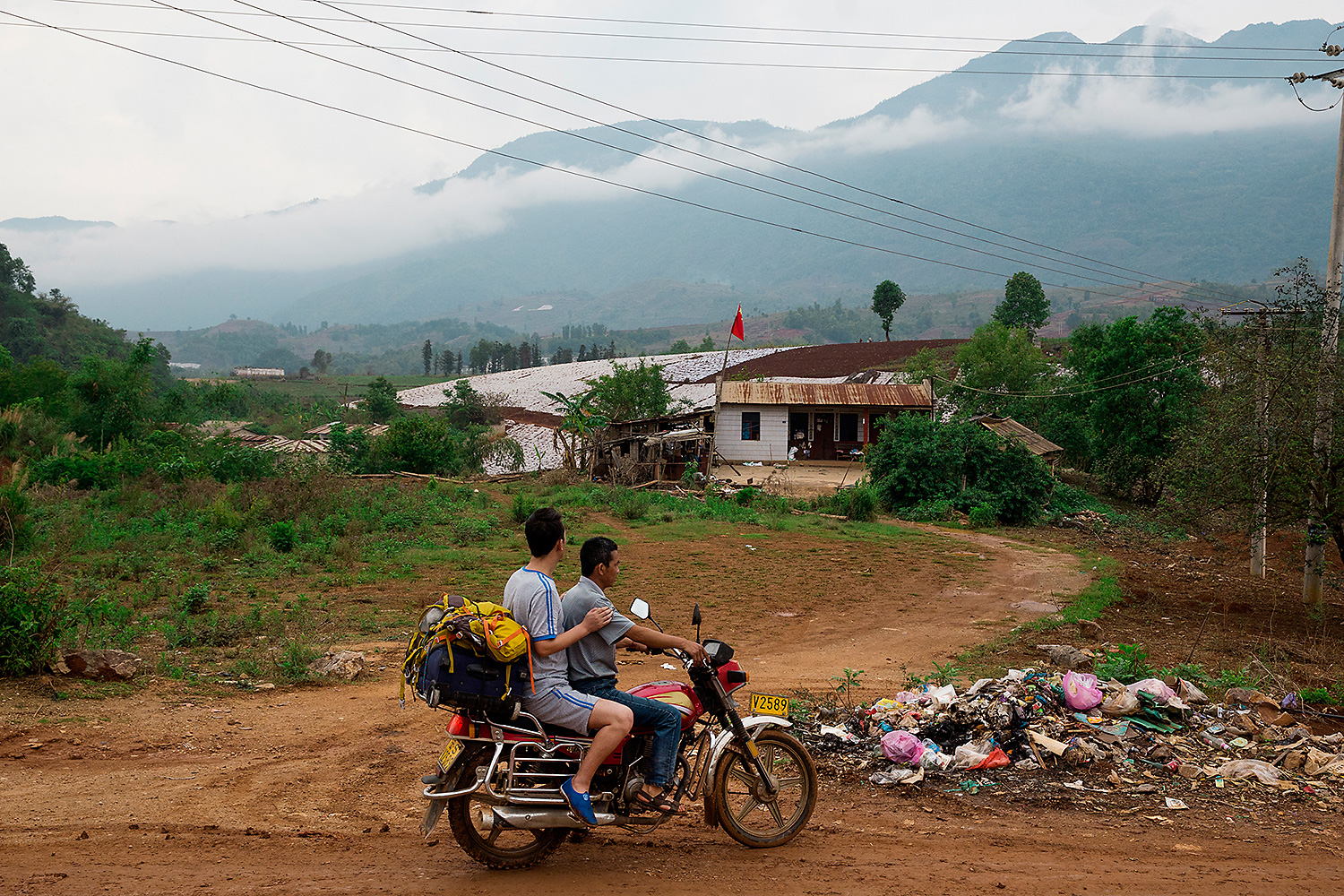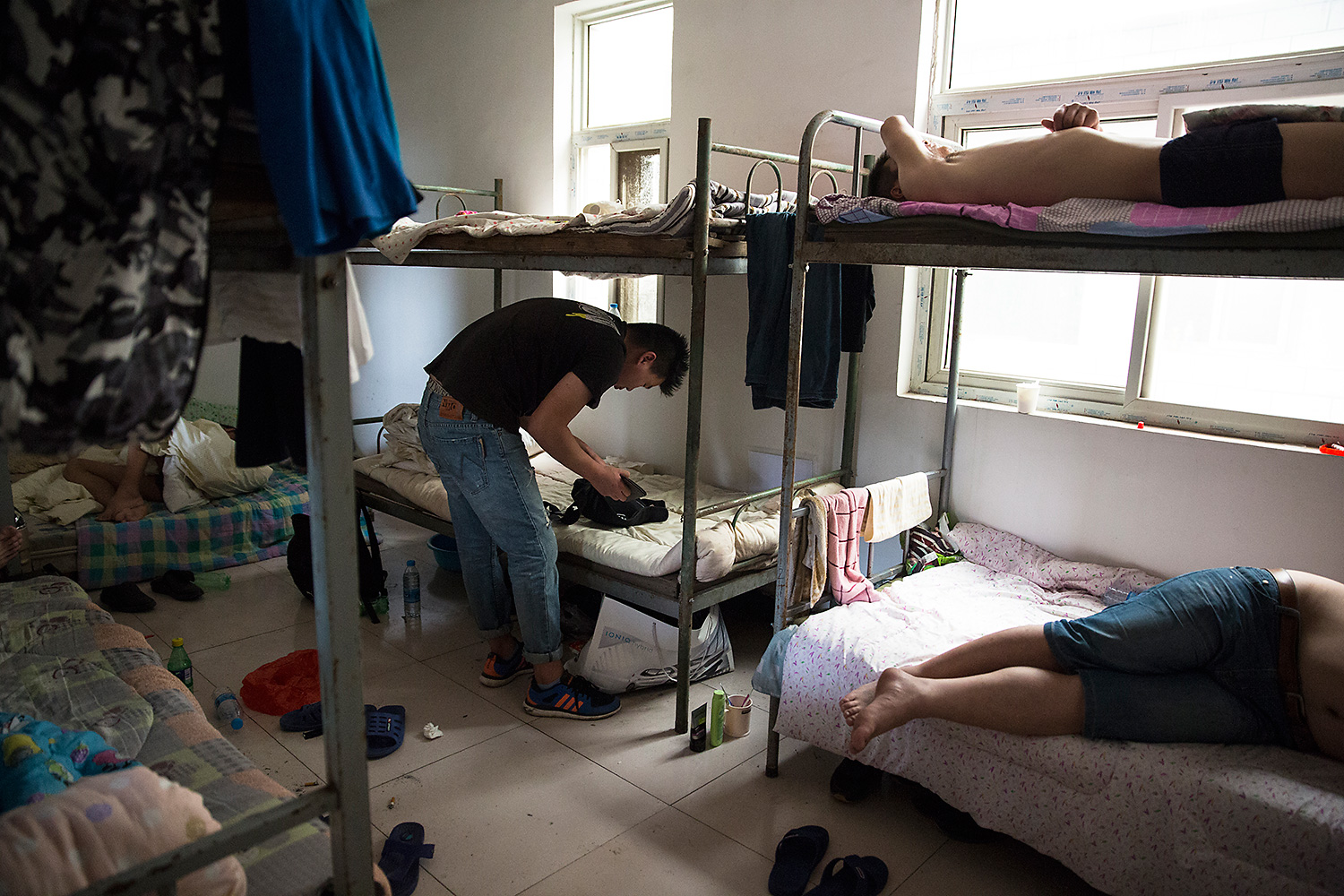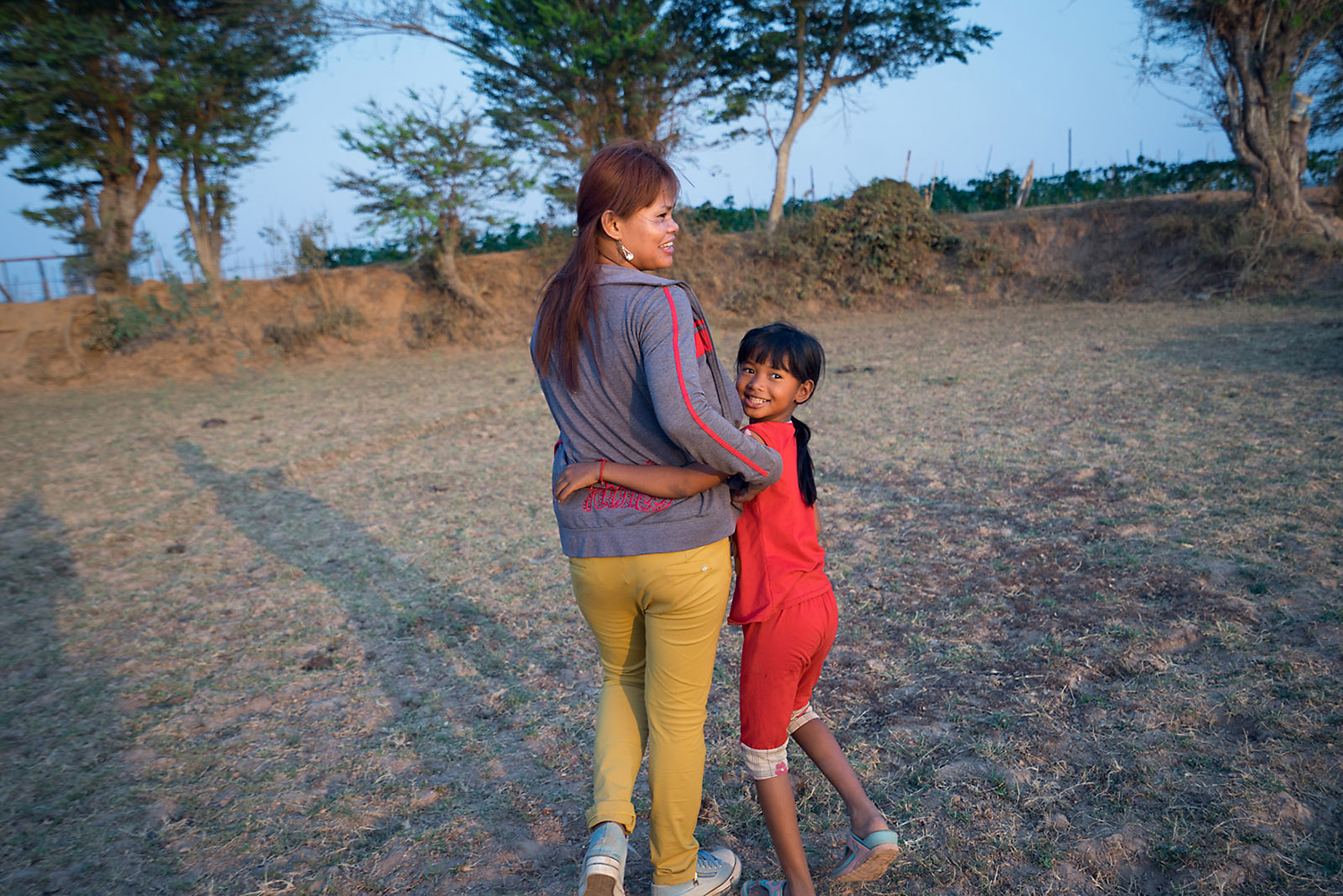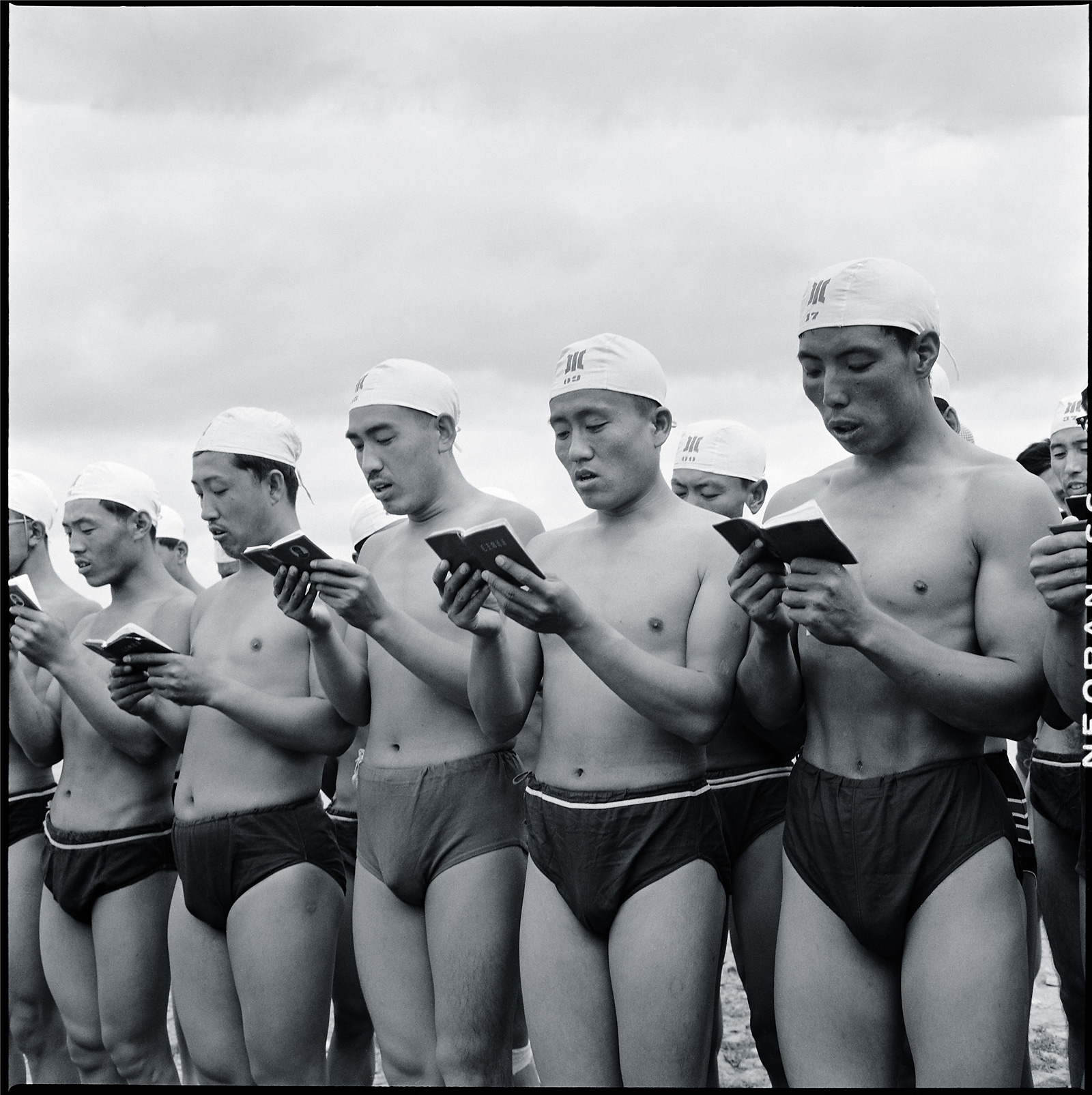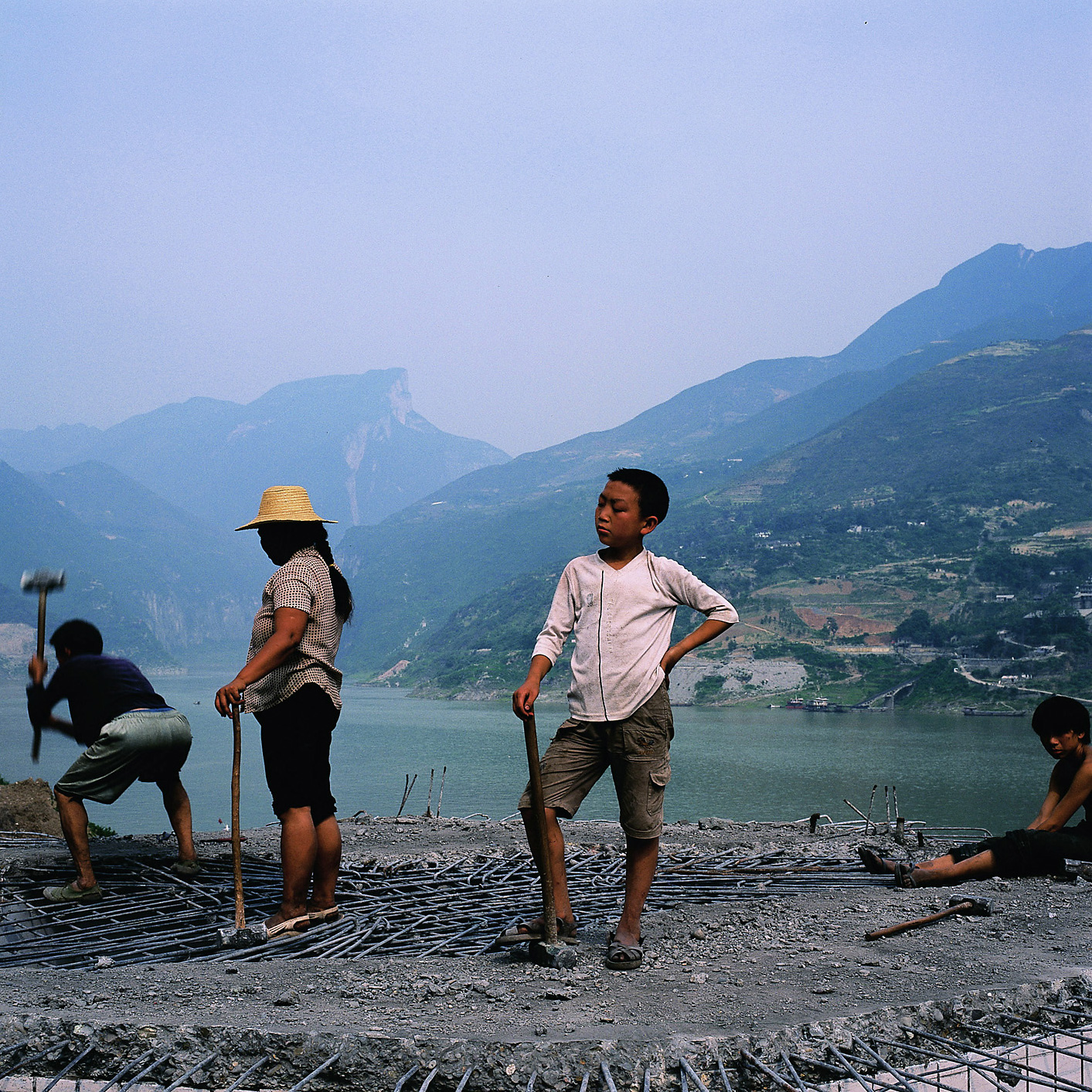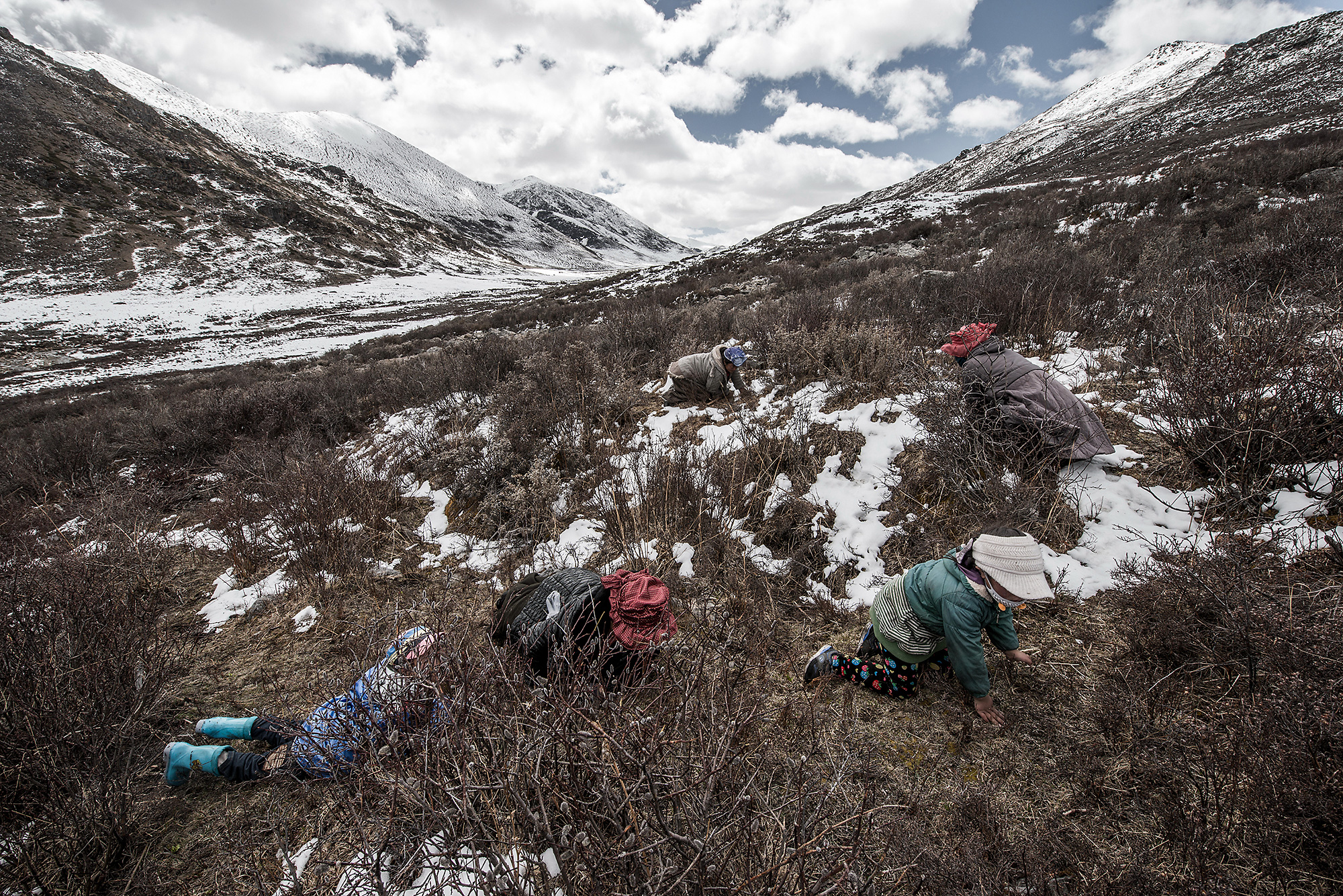Being a photojournalist involves reacting to breaking news, a dedication to long-term projects, and everything in between. This month’s showcase of work by Chinese photographers published in Chinese media underscores this range of angles: from the immediate response to last week’s tornado disaster that destroyed parts of Jiangsu province, to the seasonal reports on the gaokao—China’s annual nationwide college entrance exam—and on yarsagumba—the extravagantly priced Chinese medicine made when a fungus infects a caterpillar, to Yan Changjiang’s and Li Zhensheng’s projects that date back decades.
A deadly tornado hit eastern China’s Jiangsu province last Thursday. When the winds had died down, nearly 100 had perished and hundreds more were injured. Photographer Li Qizhen interviewed the survivors and photographed scenes of the destruction.
Photographer Wu Yue followed the story of one man whose father died in last week’s tornado. Like his father, many who died or were injured in last Thursday’s tornado were elderly. Their children had left home to work in the cities.
Each year, millions of Chinese students prepare for the highly competitive college entrance exams, or gaokao. In Anhui province, more than 10,000 students come to Maotanchang High School, which is known as the “test-prep factory” for its strict rules, intensive cram courses, and high college acceptance rate. To make sure their children avoid distraction and can concentrate, many parents rent apartments in town to live with their kids and cook for them. Photographer Zou Biyu documented the last few days of prep in Maotanchang before the big test.
Late last year, the Chinese Communist Party ended its decades-old one-child policy. This year has been dubbed “the year of the second child.” Freelance photographer Zhou Qiang visited families with two children in three cities, and photographed their lives with a focus on the relationship between the siblings, and how their parents balance their attention and love between them, a balance a one-child family never had to consider.
China’s urban population has slowly become more accepting of sexual and gender minorities, but drag queens are still among the most discriminated against. In this gallery, photographer Jia Yanan follows the difficulties and challenges of three drag queens. You can see the gallery on their English-language, partner website Sixth Tone.
Xu Haifeng follows three silicone doll owners in China—men who keep the dolls as companions and, sometimes, as sex toys. Most doll owners keep their dolls a secret from their families and communities, choosing instead to share their stories in online forums. But a few men bring their dolls out in public, where they often receive a lot of attention and ridicule from passersby.
Taiwan’s Muslims make up only 0.23 percent of the island’s estimated 23 million population. Most are Chinese Muslims whose ancestors came from the mainland during two periods: first in the 17th century following Chinese marine commander Zheng Chenggong’s campaign of resistance against the Manchu conquest, and later in the mid-20th century following the Nationalist retreat after the Chinese Civil War.
Kokang, Myanmar is a region bordering Yunnan province where casinos and gambling are legal. It is a destination for many gamblers from China. Here, drugs are easily accessible because they are provided by the casinos and easy to obtain on the street. According to Tencent, thousands of Chinese gamblers have lost all their money in casinos, become addicted to drugs, and wound up stranded in Kokang over the past decade. Traveling to Kokang, Sun Junbin photographed some of those who had lost it all, some who have lived there for years, others only months, and others suffering from addiction and struggling to survive.
In 2016, more than seven million college students graduated in China, a new milestone in the country’s history. But the timing couldn’t have been more inopportune as the recent economic slowdown has made it more difficult to find jobs.
Over the last couple years, China has become the leading destination for Cambodian women who marry foreign men. The skewed sex ratio in China has pushed many single men to find wives from neighboring countries, creating a surge in marriages between Cambodian women and Chinese men over the past three years. Photographer and “Depth of Field” editor Yan Cong followed one Cambodian bride, Sophorn, on her first trip home since she moved to China and got married three years ago. While many brides reportedly are tricked into coming to China, Sophorn’s story is happier than most. She enjoys her new life in China, even though she had to leave her two children from her first marriage back in Cambodia. Cong and Chen Ronghui followed her from China to Cambodia, and then back to China, to tell her story of separation and reunion with two families in two countries. The story was also translated into English and published on The Paper’s sister website Sixth Tone.
The Chengdu Photography Center’s current exhibition, “The River of Time,” features renowned Chinese photographer Li Zhensheng’s work spanning 60 years. Li’s collection of photographs, including the one above, depicting swimmers reading Mao Zedong’s The Little Red Book before taking a plunge in the river, provides a rare and nuanced glimpse of the Cultural Revolution.
Photographer and artist Yan Changjiang was born and raised near the Yangtze River. This gallery shows his intimate portraits of the people living in the Three Gorges region, taken in the early 2000s before their lands vanished under the water.
Every year between May and June, villagers in a Tibetan region in Sichuan province head into the mountains, at altitudes above 4,600 meters, in search of yarsagumba, or caterpillar fungus, a half-fungus, half-insect plant known in China for its health benefits. Because the plants are rare and difficulty to collect, its market price can rise to as high as U.S.$50,000 per pound. For many Tibetan families, yarsagumba is a major, and sometimes the only, source of income. Yarsagumba harvesting has fallen into a vicious circle; the rarer they become the more expensive they get.




